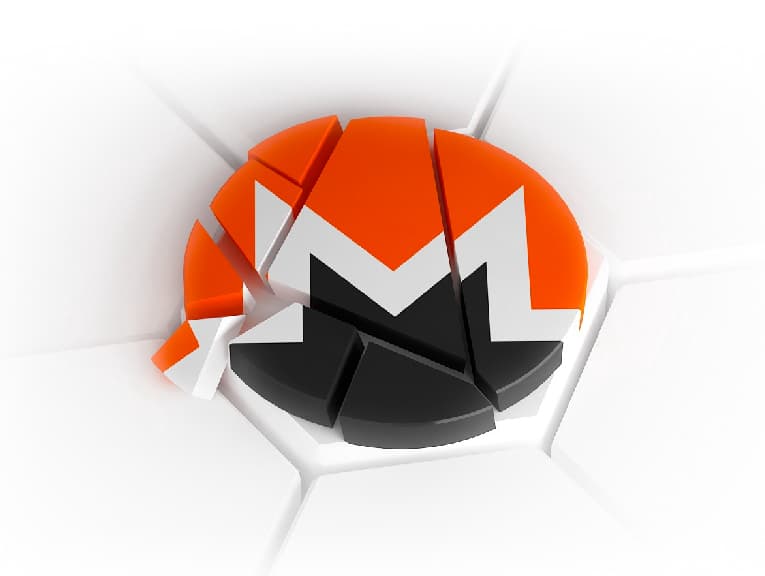
Table of Contents
ToggleA node that doesn’t run on the same local machine where the Monero wallet is located is called “Remote Node” and can be private or open.
So, we can say that a private remote node does not run on the local machine, but has full control over it. An example of this is running a VPS or a server. This node will not be locally on your computer, but you will have full control over it. Even making it an open node and allowing the public to connect to it.
What Is an Open Node?
An open remote node is one that can be used by anyone who either does not have the hardware, the hard disk space or does not have much knowledge of the subject, people who cannot or do not want to run their own node prefer to use a remote node open. These open remote nodes are simply referred to as remote nodes.
By using the open nodes, it allows transactions to be carried out instantly, without the need to download the blockchain and synchronize it with the Monero network beforehand, although this is a good thing for users who cannot run their own nodes, the Monero network recommends its users that run their own node for maximum privacy and help decentralize the network.
Open nodes are a great option for users with a not very powerful computer, to connect to the Monero network immediately. In order for a user to be able to connect to a Monero network remotely to an open node in this way, there are two ways: ask the owner of this open node to share the IP address and port, or simply use a public node.
Public Nodes and Node aggregators
Public nodes are the option to choose for users without so much power on their computers to allow users who do not have a local node to immediately join the Monero network. Public nodes are reachable in the network using two systems:
Node aggregators, which are basically lists of open remote nodes. The owners of these nodes decided to add them to a list where other users can find them. The aggregator provides users who want to use a remote node with a simple URL. This ULR connects to one of the nodes on the list and is inserted into the Monero wallet. After this, the virtual wallet will contact one of the nodes provided by the URL, which will allow it to send and receive transactions to the user immediately.
Native public nodes, in MoneroWorld One of its features for which it is very famous is the ability to make a public node simply by adding the flag –public-node. By doing this it is published on the P2P network and users can connect to it. Also, apart from this, the risk taken when using a public node must be taken into account. Node owners can link transactions to IP addresses. As always, what is recommended is to manage your own private node to avoid this type of risk.
How To Run Your Node
It is recommended to run your own node locally as it is not that difficult; It can take 9 hours to synchronize if you have a solid-state hard drive and a good internet connection, remote nodes are not very reliable since many times the connection can simply drop or fail because the software is not really developed for that.
What you should do is first download the software from the official website and they will give you a guide on how this software works, how to configure it and after you have it configured, Monero World will run a script every 5 minutes to scan the network for open nodes.
Monero Wallet
Monero’s recommended wallet is MyMonero Desktop Wallet, this is the most popular wallet for storing XMR. Being a wallet published by the same Monero developers that is also based on open source code. This allows the wallet to be considered reliable and secure, MyMonero Desktop Wallet stores the private keys locally on the user’s computer and not on the servers.
Unlike other portfolios, this one can be modified and used with little technical knowledge.
Not everything is perfect in this wallet, since if the MyMonero servers are hacked, the private view keys would be compromised since instead of synchronizing the blockchain locally on the computer, the wallet sends the private view key to it. MyMonero server to find incoming transactions.
Monero addresses are hidden, and the hacker cannot recognize where the transactions are coming from. However, they will not be able to steal your Monero since for this they require the private sending key, which is not sent to the MyMonero server. The advantage is that, unlike the Monero GUI Wallet or Cake Wallet, the user does not have to wait long for the Monero blockchain to synchronize with the wallet.






